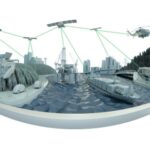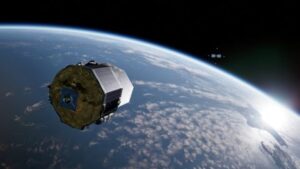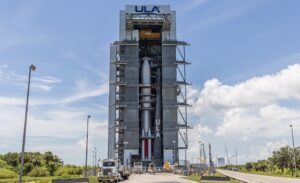
The Defense Department’s Defense Innovation Unit (DIU) has added Emerging Technology as a new portfolio as part of an acquisition effort that quickly acquires commercial technologies for prototyping. The first solicitation under the Emerging Technology portfolio is Transition of Quantum Sensors (TQS) with a “focus on demonstrating the military utility of quantum sensors to address strategic Joint Force competencies like positioning, navigation, and timing and anomaly detection,” DIU said on Thursday. The solicitation was released as part of DIU’s Commercial…

 By
By 











